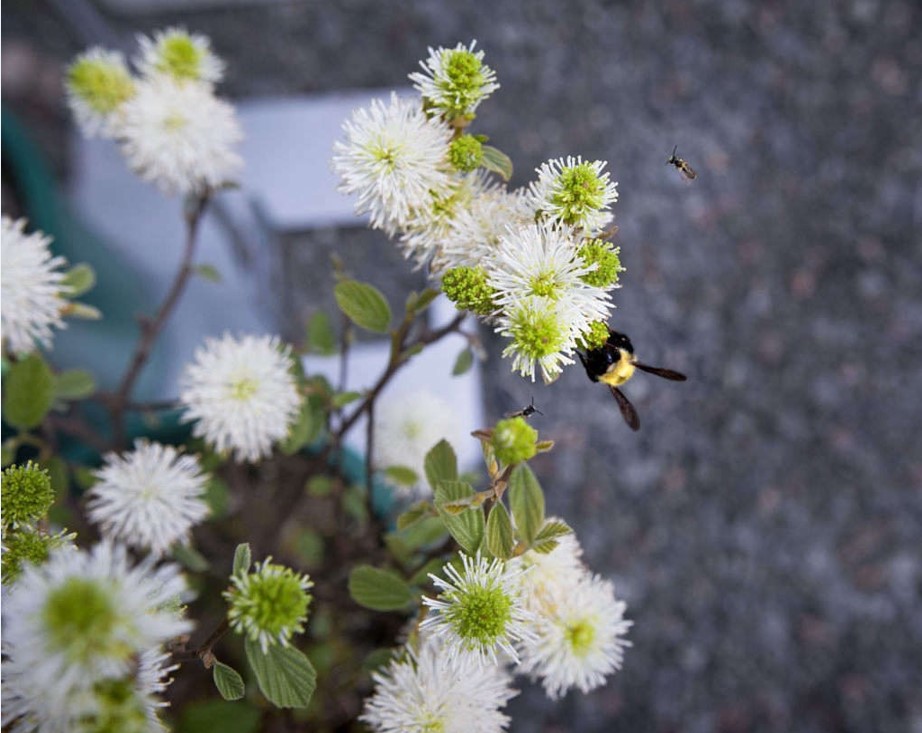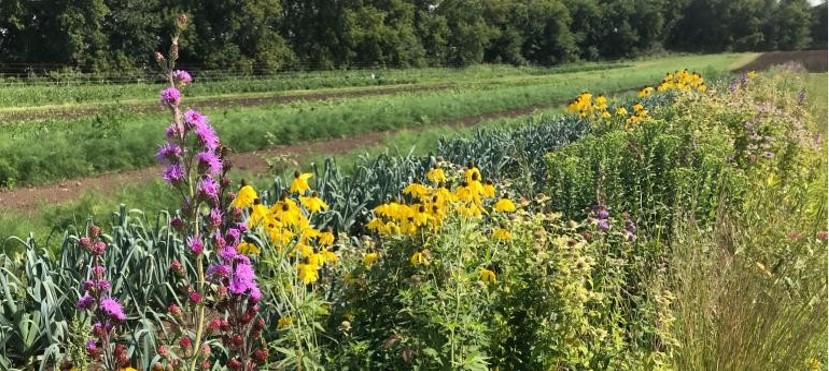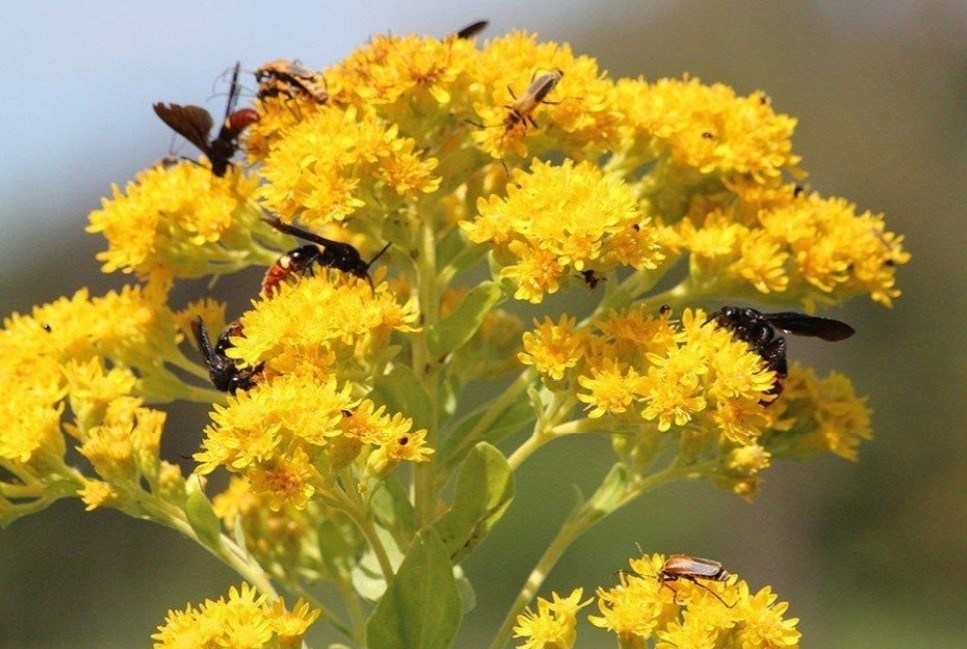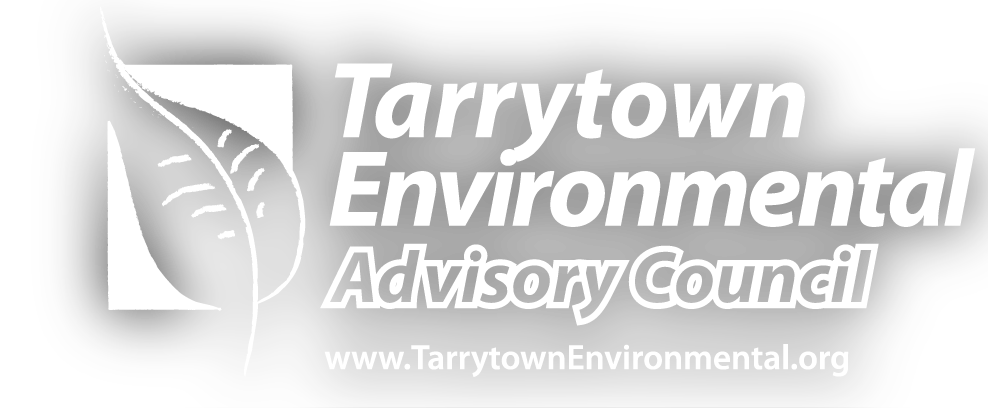Designing a landscape with native plants in a few easy steps
Planting Pollinator-Friendly Gardens
One of the most important ways you can help pollinators is by adding plants that provide pollen and nectar to your garden. Planting for pollinators is planting for a purpose. Our goal is to choose plants that will feed and shelter pollinators at every stage of their lives. Our gardens will also serve as safe places where native bees and butterflies can overwinter undisturbed by mowers and leaf blowers. Our gardens are pesticide free and are alive year round. Our gardens can be any size, even a container garden is valuable if it provides food , water and nesting material for butterflies, bees and birds.

Conduct a site analysis
The first hands-on step to create a pollinator garden is to assess the qualities of your garden site to determine which native plant species will be most successful there. By practicing “right plant for the right place,” you will cut down on the time and resources needed to help your garden thrive. Consider the following:
- Sunlight: How much sun does your garden site get? Full sun is six or more hours per day (three to six house is part sun, and a few hours of sunlight is shade). Also note the timing of the sun. Midday sun and southern exposure will be much stronger than morning and evening light. Note that the sunnier the site, the greater diversity of plants it will support.
- Soil: Test your soil to determine its characteristics: composition (sandy versus clay), pH balance, as well as nutrient levels. Do not try to amend your soil with chemical fertilizers. Use only organic compounds, such as compost and mulch, to enhance your soil.
- Moisture levels Wind exposure
- Wildlife: Consider wildlife pressures such as deer and rodents. If these pests are present, opt for resistant plants or organic deterrents such as a liquid fence.
- Aesthetics: Native pollinator gardens have an informal appeal. Plant them where they will complement your landscaping scheme

Choose plants native to your region
Native plants share a long evolutionary history with their pollinators, so including a wide variety of natives will make your garden a favorite destination for pollinators. Choose carefully to match the site conditions; natives will flourish without the addition of fertilizers and pesticides.
Choose nectar- and pollen-rich flowers with a range of shapes, sizes, and colors. Diversity is the key to a good pollinator garden. Because each pollinator has its own techniques for sourcing nectar and pollen, flowers should be as varied as the pollinators that visit them. Generalist pollinators can visit a wide variety of flowers. Others, referred to as specialists, need a very different diet and may only be able to feed from one or two kinds of plants. Gardeners should strive to provide plants for both generalists and specialists. Choose plants with large, compound inflorescences of flowers, such as Joe Pyes, goldenrods, and milkweeds, to attract the most diversity of pollinators. Plants with compound inflorescences of small flowers attract a diversity of insects.
Avoid modern hybrids. Many garden plants have been manipulated for larger blooms and a show of color and may have lost their ability to produce nectar and pollen. In the breeding process, some flowers may become so complex that pollinators can’t locate the nectar. When buying annuals, purchase older heirloom varieties known to have nectar and pollen.
Have several different plants in bloom from early spring through late fall. Some pollinators emerge in early spring, while others don’t appear until mid-summer, but they all need pollen and nectar while they are active and rearing their young. To maximize the effectiveness of your pollinator habitat, have a variety of plants in bloom throughout the season. Overlapping bloom times will ensure there is always something in your garden to provide nutrition for pollinators.
Plant in drifts. Pollinators are more likely to find plants in gardens that provide larger drifts of color. When you purchase plants, get at least three or more of one kind—more if you have the room—and plant them near one another. Avoid landscape fabric and mulch. Instead, place plants closer together. Plants of varying heights planted close together will form a weed barrier far superior to a bed of mulch. The bonus is that you will have room for many more blooms for pollinators.
Lastly, don’t forget to plant Larval Host Plants for Butterflies and Moths. Without host plants for butterfly larvae (caterpillars) to eat, there will be no butterflies! So don’t forget to provide this vital food source. Many butterfly larvae can only feed on one or two specific host plants—particularly native trees, shrubs, and perennials—that are vital to their survival.
Here are some examples: Butterfly weed and the common milkweed as the host plant for Monarch, Golden Alexanders as the host plant for the Black Swallowtail, Spicebush as the host plant for the Spicebush Swallowtail, False indigo as the host plant for Wild Indigo Duskywings.

Care for your pollinator garden
To help your native pollinator garden grow:
- Water your garden often during the first year. You can buy a rain gauge to help maintain the recommended inch of water per week.
- Water smaller gardens by hand so you can keep an eye both on the weeds’ and the plants’ progress.
- Weed by hand.
- In Fall, leave seed heads and stalks to provide food and habitat for birds and overwintering insects. You can also add a little leaf mulch in fall.
- Cut back in spring.
- Add compost in spring.
- Never use weed killers, chemical fertilizers, or pesticides Avoid dyed mulch or mulch with big pieces.
Our gardens are alive year round. In fall and winter pollinators seek shelter in our gardens and yards to overwinter. Leave the leaves and plant stalks in your winter garden. Native bees shelter in hollow stems and grasses and burrow under plant debris. Butterflies lay their eggs on leaves and some shelter under leaves or bark till spring. When we leave our gardens “messy” in the fall we are providing crucial habitat for our native wildlife. To protect overwintering pollinators, leave your garden clean up till mid-spring when temperatures are consistently over 50 degrees.
Leave the leaves. Keep beds of leaves intact through the winter. Keeping the leaf litter as mulch serves many purposes. It is a free way to protect the soil from drying. Leaves decay and create natural fertilizer for your plants. Added bonus is that you will see a lot of birds foraging for insects in your pollinator garden in Spring.

I read this page (“How to start a pollinator garden”), but it doesn’t give specific species to plant, only general guidelines. I have no idea how to translate your guidelines into specific species. Do you have any suggestions as to how to find out specific plants I can plant?
Also, I don’t know of a good place to buy the seeds and/or bulbs — I tried some garden stores in the area for daffodil bulbs, and they didn’t seem to carry anything.